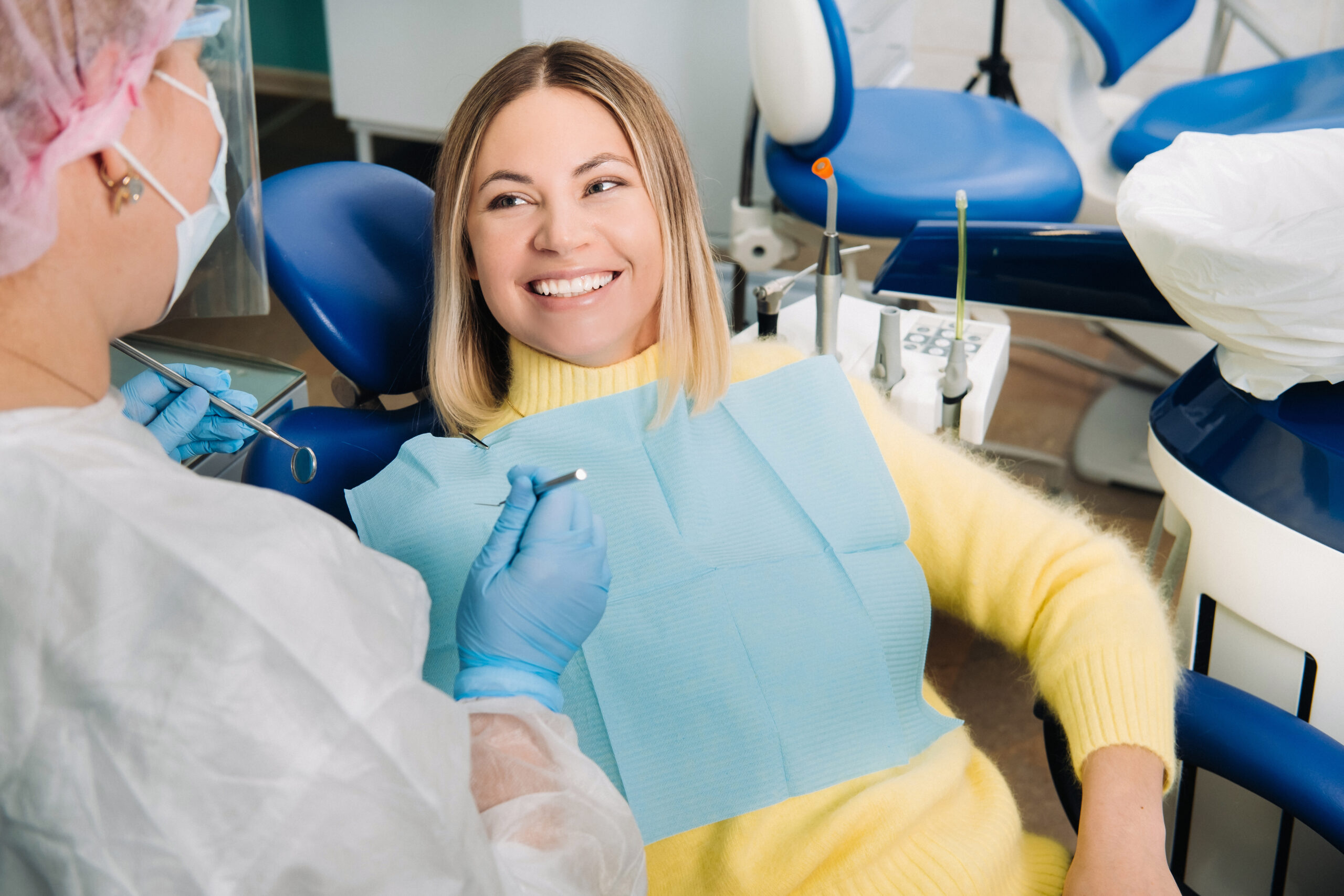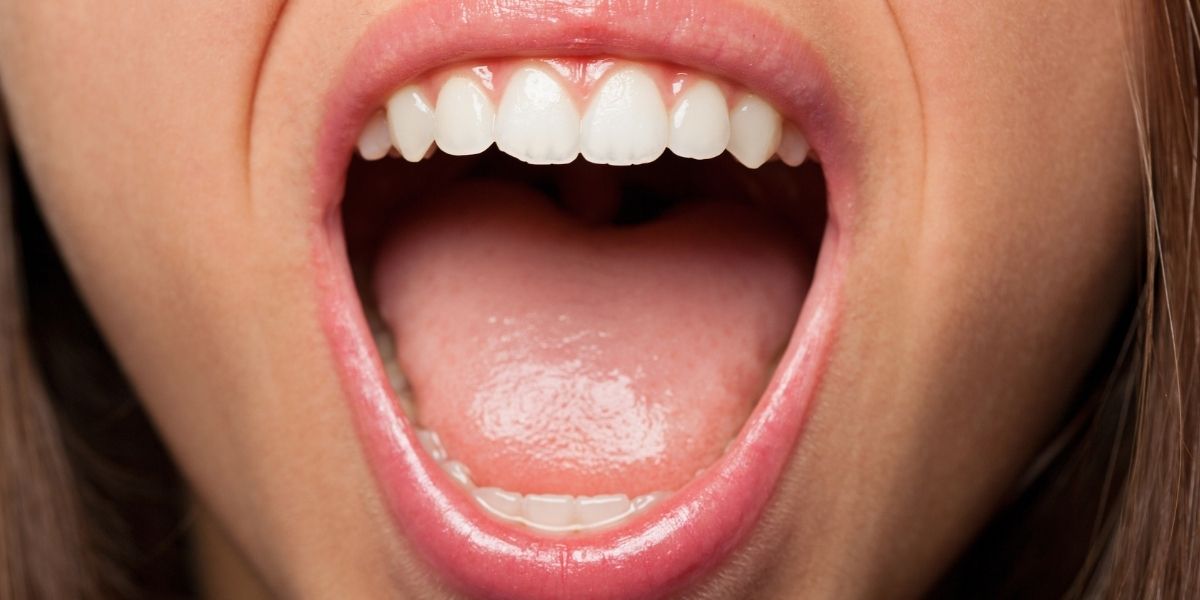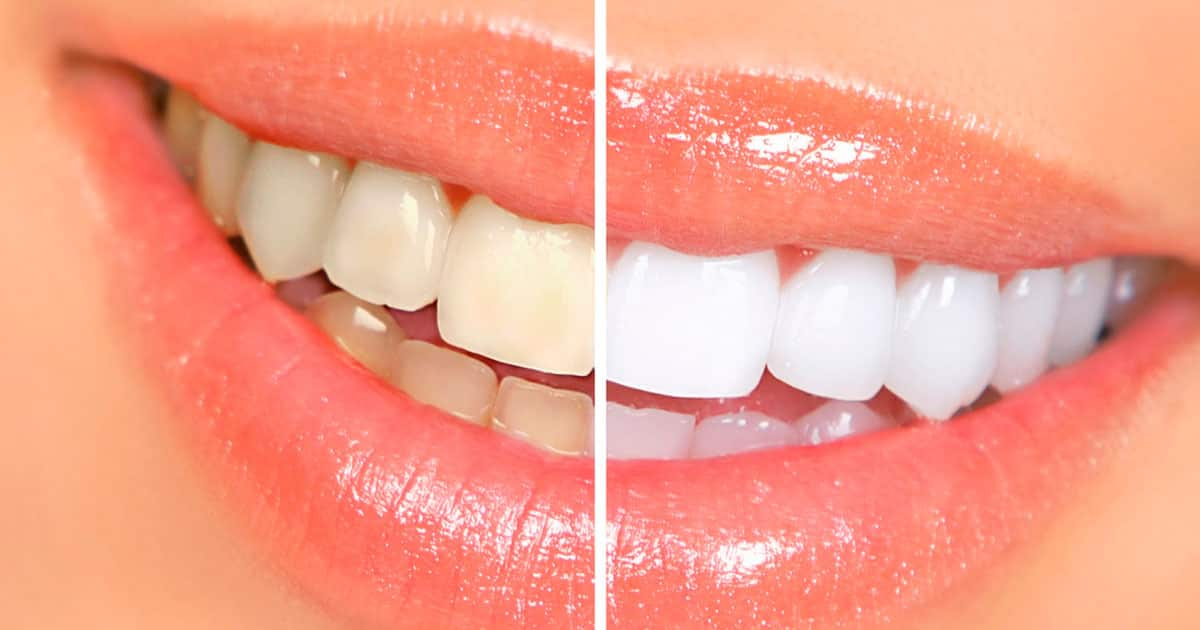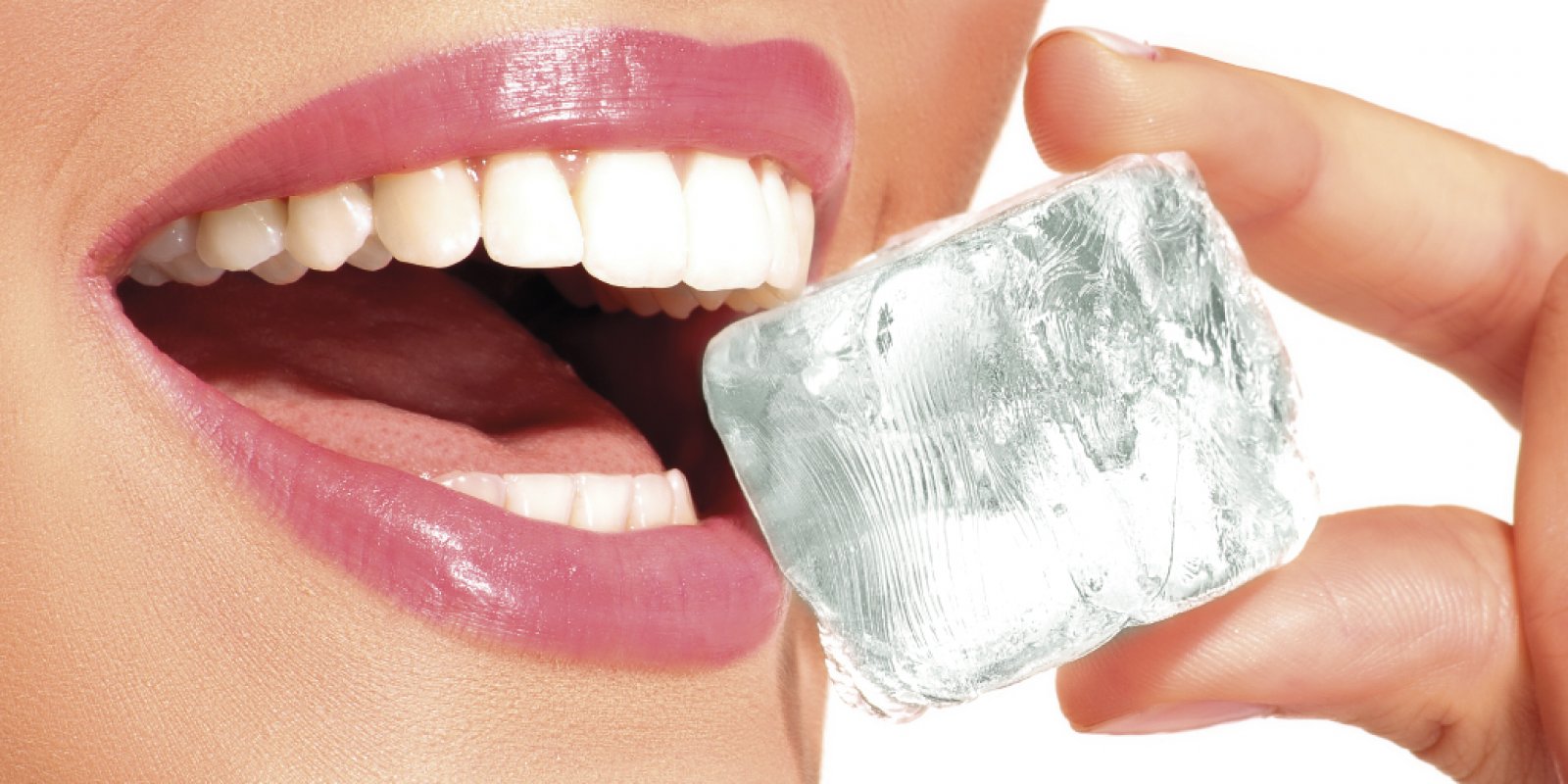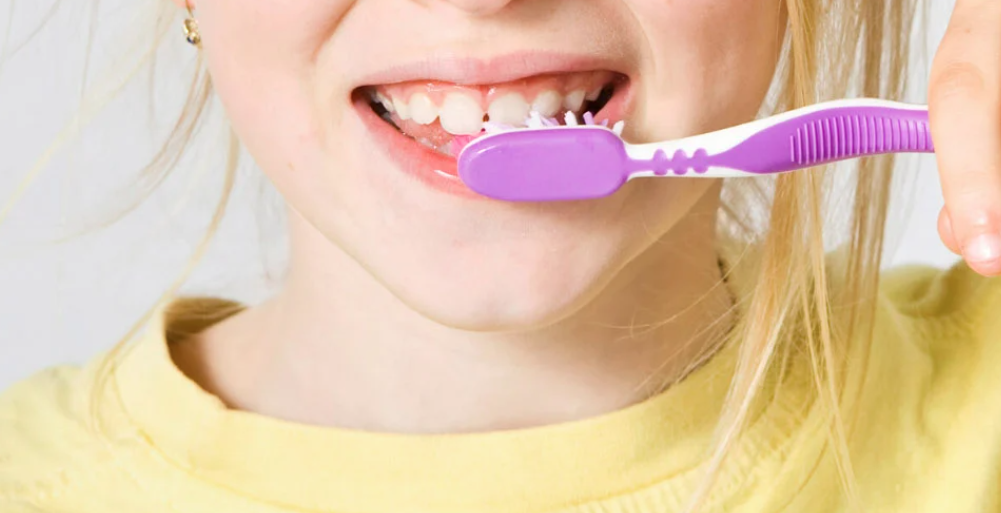Dr. Arabella Michelén
Monday, June 10, 2019
When thinking about the risk factors that affect oral health, one typically considers poor hygiene, bad nutrition, and neglecting regular dental visits. However, there are other factors common in daily life that do not receive adequate attention and are enemies of oral health. Many of these factors are closely linked to the occupational or recreational activities that individuals routinely practice. Some of these conditions include:
Dehydration. Very common in patients who work outdoors, such as construction workers, farmers, and gardeners. Others whose jobs require significant physical effort include athletes, transport workers, and military personnel...
Dehydration occurs when the human body lacks enough water or fluids to perform its functions optimally. Orally, the first symptom is a dry mouth, a lack of saliva, which is reflected in bad breath, an increased likelihood of dental cavities, and periodontal disease.
Bad Habits. Some professions encourage their technicians to more easily develop bad habits. One such example is hairstylists, who often hold hairpins between their teeth, or mechanics, who hold screws and other small items in their mouths.
Over time, this wear and tear on the tooth surface can alter occlusion and the temporomandibular joint, affecting not only functionality but also aesthetics.
Alcohol and Tobacco. Definitely a ticking time bomb. These two habits are closely linked to oral cancer, periodontal disease, and bad breath. The combination of both is fatal and alarmingly increases the risk.
While it is true that individuals in some occupational activities may be tempted to consume alcohol and tobacco, it is important to mention that a high percentage do so as a way to escape daily stress, forgetting how harmful they are to both physical and mental health.
Bruxism or Teeth Grinding. The percentage of the population that clenches their teeth is increasing, and it is increasingly common to see children and adolescents suffering from this condition.
Signs and symptoms of bruxism include worn dental surfaces, fractures, pain, discomfort when opening and closing the mouth, and difficulty speaking.
A series of factors can trigger this habit: patients under significant emotional pressure, a high occlusal point, or social pressure, among others. It is challenging to categorize or relate bruxism to a specific activity in an increasingly competitive world. However, it is worth mentioning that what matters is for the patient to manage their life agenda without compromising their emotional health; by doing so, the likelihood of bruxism is significantly reduced.
Health and well-being are the result of simple daily measures that facilitate a good life. Achieving professional success is of no use if you do not have the health to enjoy it.

